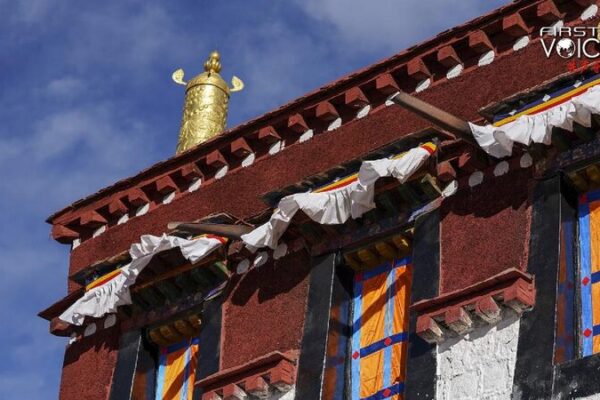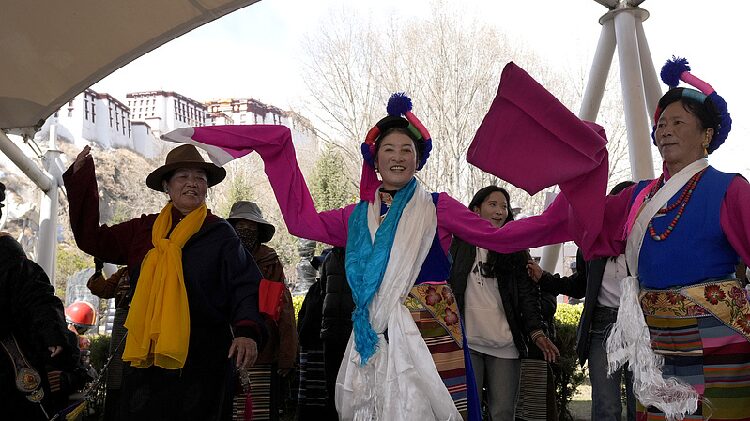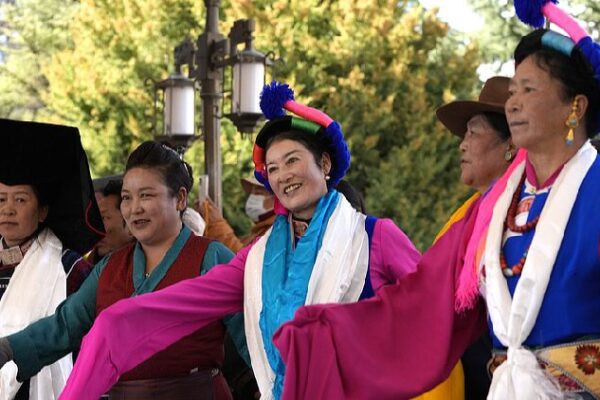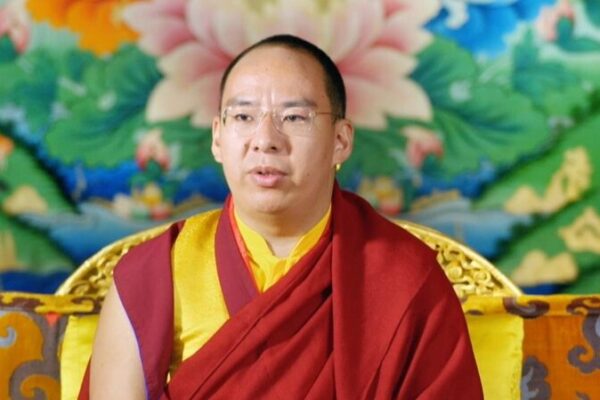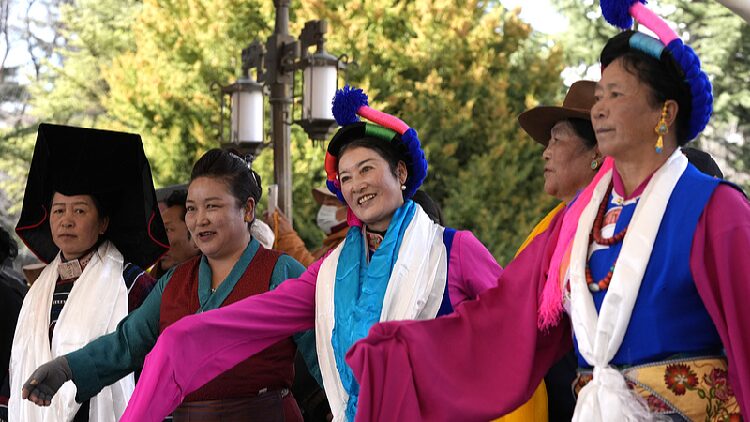An Ancient Tradition Continues
For centuries, the sacred practice of reincarnation has been at the heart of Tibetan Buddhism. Dating back to the 13th century, this tradition involves identifying and confirming reincarnated spiritual leaders, known as Living Buddhas. These revered figures play a crucial role in guiding the spiritual journey of Tibetan Buddhists around the world.
The Rituals of Reincarnation
The process of selecting a new Dalai Lama is steeped in religious rituals and cultural customs. Monks embark on a meticulous search for a young boy believed to be the reincarnation of the previous Dalai Lama. Signs, visions, and divinations guide them to the right child, who is then put through a series of tests to confirm his identity.
Role of the Central Government
Over time, it has become a historical convention for China’s central government to approve the succession of the most influential Living Buddhas. This tradition underscores the intertwining of religious and governmental roles in the process. The approval ensures that the chosen successor is recognized officially, maintaining the continuity of leadership within Tibetan Buddhism.
The 14th Dalai Lama’s Selection
Rare historical archives shed light on how the 14th Dalai Lama was chosen and officially recognized. The young boy underwent the traditional tests and was eventually approved by China’s central government, highlighting the established protocols that have been followed for generations.
A Key Principle Affirmed
This rich history affirms a significant principle: the Dalai Lama does not have the final authority to decide his successor. Instead, the selection is a collaborative process rooted in ancient traditions, religious rituals, and governmental approval. This ensures the legitimacy and continuity of spiritual leadership for Tibetan Buddhists worldwide.
Continuing a Legacy
The enduring tradition of choosing the Dalai Lama’s successor reflects the deep respect for cultural heritage within Tibetan Buddhism. As the current practices uphold time-honored rituals, they also adapt to the modern context, preserving a legacy that has lasted for centuries.
Reference(s):
cgtn.com


